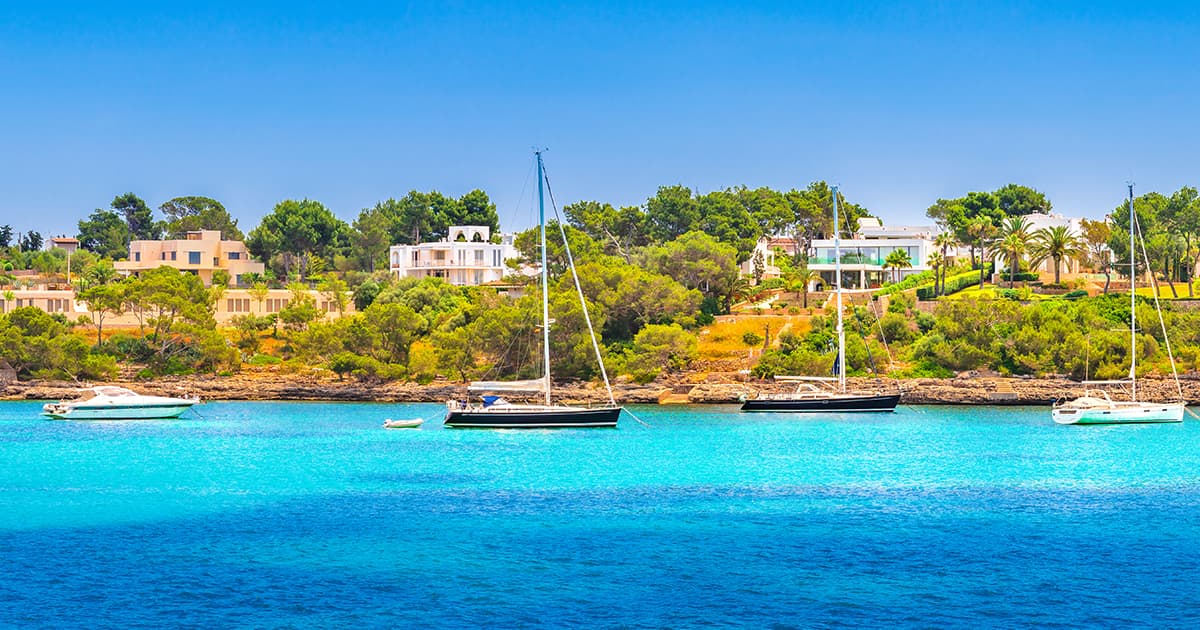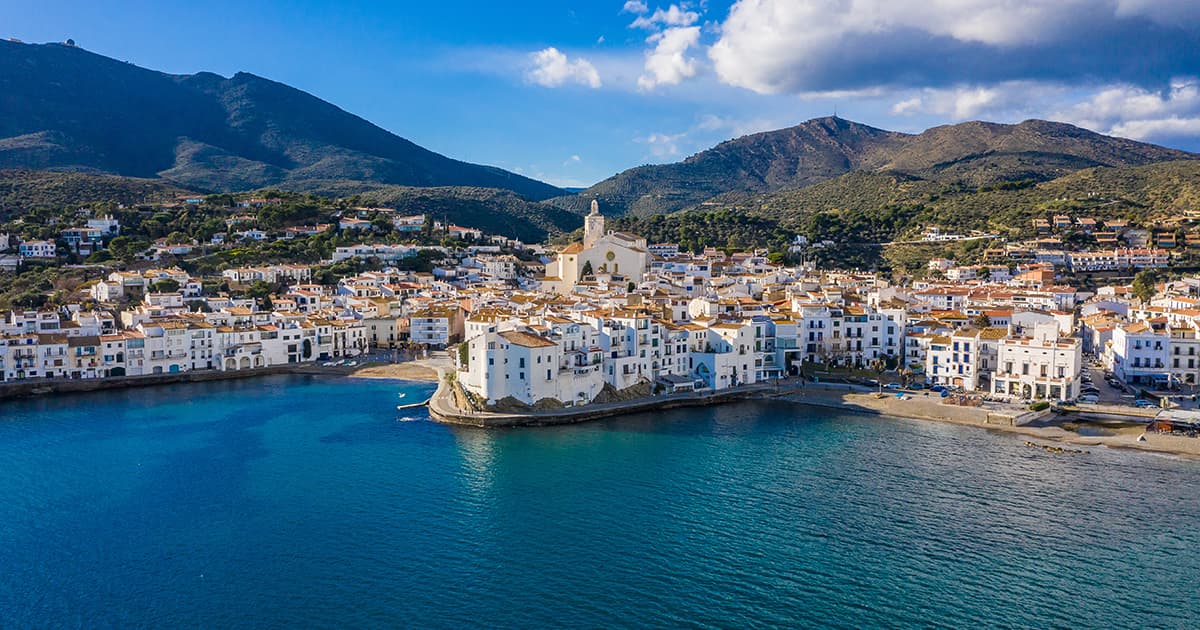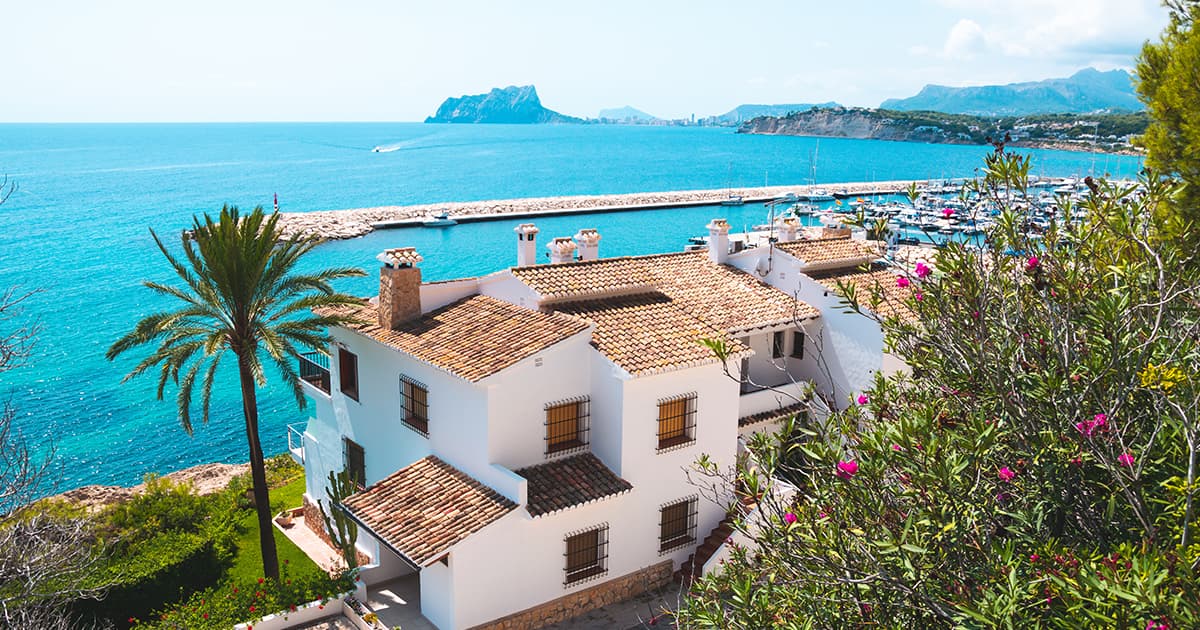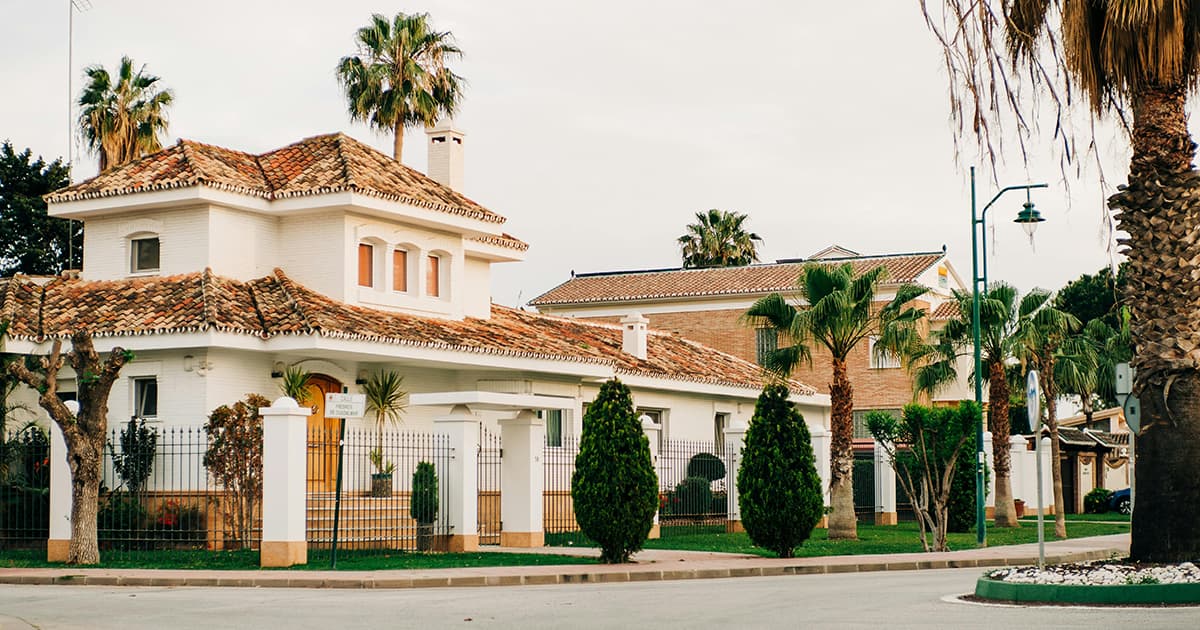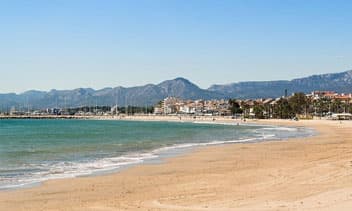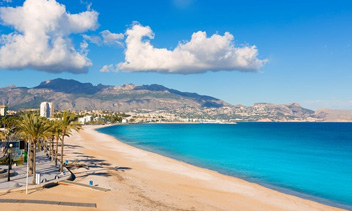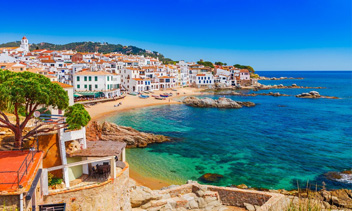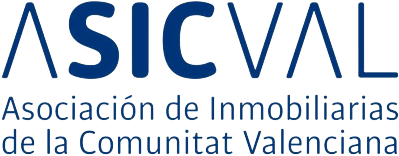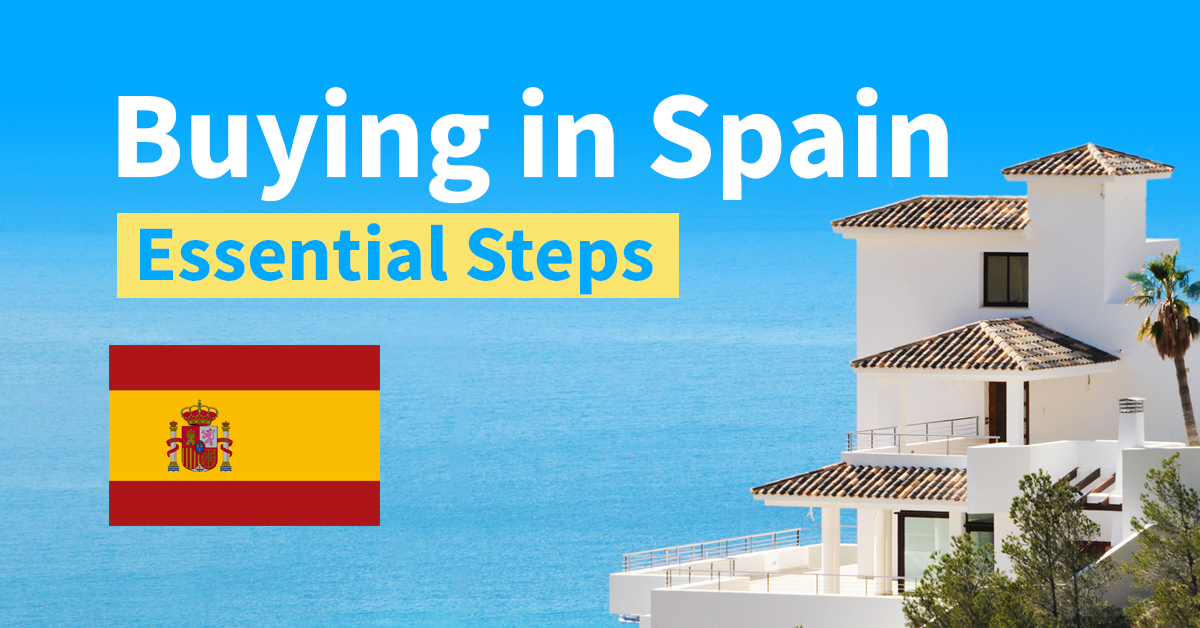
Buying Property in Spain: Top 10 Steps
Last update: June 18, 2024
Reading time: 9.1 min
Buying a property in Spain has become an increasingly popular decision among English speakers in recent years. Whether it’s for real estate investment, retirement, a second home, or permanent relocation, whatever your reason for considering a property purchase in Spain, our team will guide you through all the steps involved in this acquisition process. In 2023, it is undeniable that the real estate market in Spain offers very attractive investment opportunities compared to the crisis-ridden property markets in many English-speaking countries.

1. The Foreigner Identification Number (NIE) for Buying in Spain
The NIE, which stands for “Número de Identidad de Extranjero” or “Foreigner Identification Number,” is essentially your key. It’s necessary for buying a property in Spain, renting, or selling, and it represents the first step in your process of settling in Spain. This number eventually becomes the TIE (Tarjeta de Identidad de Extranjero), which is an identity card for non-European Union nationals.
Every procedure in Spain is subject to obtaining this infamous NIE. From opening a bank account to various installations in your home (internet, water, electricity), even sending and receiving parcels, you’ll be asked for it regularly to the point where you’ll memorize it.
While it is mandatory, there have been changes in the procedures, and the authorities have adapted. Since 2021, notaries have been granted the authority to request a fiscal number (NIF, “Número de Identificación Fiscal”) on a temporary basis and without your presence being necessary. This step gives you the advantage of not immediately needing the NIE. It’s a way to speed up the process and get closer to the door of your future residence.
However, keep in mind that, even though it’s mandatory for buying your property, we don’t depend on it to start the search for your property.
If you want to learn more about obtaining the NIE, take a look at this article from the Spanish government. On our end, we have prepared an article detailing the usefulness of the NIE.

2. The Budget and Financing
To enjoy the incredible quality of life that Spain offers, you’ll need to open your wallet. But don’t worry, we’re here to help you organize and plan everything.
The first thing to know is that Spanish banks only lend non-residents up to 60% of the property’s value, excluding notary fees. You can obtain a mortgage in Spain, specifically for UK nationals. There are various banks such as Bankia, Santander and BBVA that offer mortgages to foreigners. In most cases they will look at your credit history, previous debts, any current mortgages, payslips, bank statements and tax forms.
Many banks offer residents a better mortgage rate. So, you might be thinking, “Becoming a resident is the solution.”
To do that, you’ll need to meet certain conditions:
- Justification for a Visa (We will visit this later)
- Have economic interests in the country
- Your official spouse in an EU National
You’ll need to provide 50% of the property’s price as your own contribution when obtaining a mortgage. So, it’s essential to calculate your finances carefully because there’s no cooling-off period for not obtaining a loan.
3. The Fees
15% of the purchase price is a figure you can keep in mind. Although fees and taxes vary depending on the property, the average is around 15%, which includes notary fees, legal fees, real estate agent fees, and taxes.
Legal Fees
“The ganancia patrimonial,” which is the tax on capital gains, should be paid by the seller in case of profit at the time of sale. The “Plusvalía municipal” (municipal tax) may also apply.
Keep in mind that these fees can be shared between the seller and the buyer, and your lawyer will provide you with the necessary advice.
Notary Fees
These fees are set by an official scale and vary depending on the property’s characteristics (size, land area, selling price).
Don’t be surprised if these fees seem reasonable to you. Unlike France, in Spain, the role of the notary is minimal. Their legal status certifies the legal value of documents, and that’s it. Also, remember to add the fees payable to the land registry.
We have developed a tax purchase simulator for you to calculate the cost of your real estate purchase in Spain.
4. Taxes
There are two taxes, which will be explained fully in the articles on IBI and ITP.
IBI (Property Tax)
This is paid annually to the municipality of your place of residence. Keep your receipt safe, as it contains two essential pieces of information:
- The cadastral number of the property.
- The cadastral value, required for your tax declaration.
ITP (Property Transfer Tax)
The percentage of ITP varies depending on the autonomous community where you have decided to settle. In the majority of places, it is 10% of the price of the property.
For more information on the ITP in each community, you can refer to a short article in Spanish to get started.
Lastly, remember that a purchase tax simulator is available to help you better understand these costs.
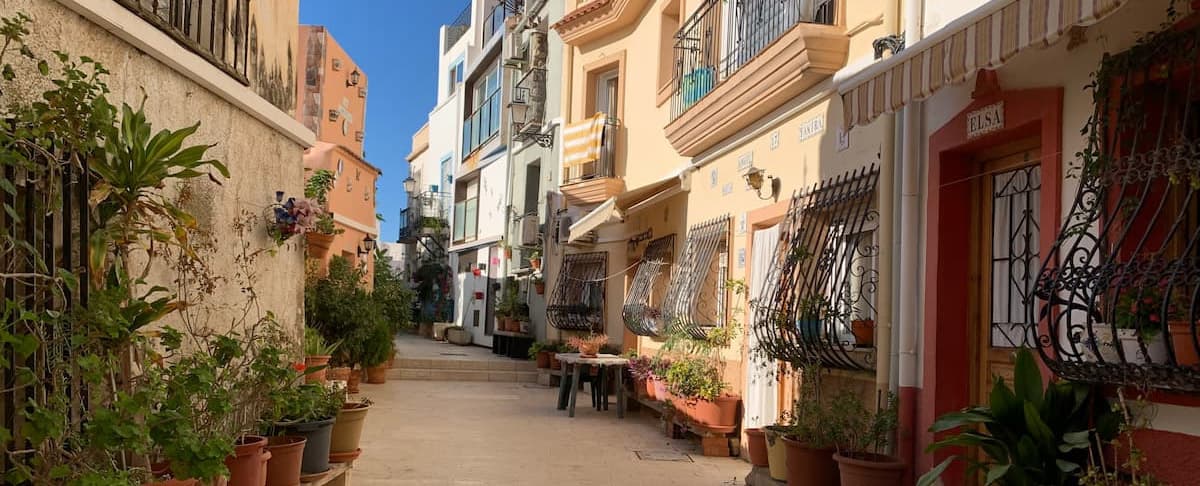
5. Choosing Your Property in Spain
Promises made, promises kept! We’ve covered ITP, IBI, and now we can move on to more enjoyable tasks like selecting your real estate.
To do this, we imagine that you’ve opened your favorite search engine and typed “buying in Spain,” “house or apartment in Spain,” and so on.
You’ll have encountered the big names:
Idealista, Rightmove, Kyero, Think Spain, Spain Houses, and others.
Yes, but. Yes, but sometimes there’s a fine but very real line between the reality of a property and its nicely photoshopped picture showcased on the website. Yes, but, conversing with an automated chatbot on WhatsApp is not the most comfortable or reassuring experience. Yes, but, having to rely on Google Translate can turn a 5-minute conversation into one of the 12 labors of Hercules.
So, what should you do? Simply give us a call. Because we are real people, English people who have made the decision to do what you are about to do. We know the procedures, the fears, the doubts, and the hopes of buying in Spain because we’ve been through it.
Our team will guide you at every step, through all 9 of these steps and more. The search for your property should be a moment of enjoyment and excitement, not the opposite.
Our agents will find properties (houses, apartments, villas, vacant lots, etc.) that match your preferences. Then, we will arrange the first viewings together. By the way, do you know the difference between a property hunter and a real estate agent? Discover the differences and similarities between these two professions in our blog article.
We will provide you with all the explanations and assistance possible to make this real estate acquisition process easier.
And because sometimes it’s better to let others speak, we share with you the comments of our previous clients, people who, like you (we hope), have placed their trust in us.
6. Legal Checks
You’ll need a lawyer; it’s mandatory! They will handle all the necessary checks, from verifying the parties’ identities to ensuring there are no debts and checking the cadastral compliance. The lawyer is a crucial player in the Spanish property purchase process.
As mentioned earlier, the notary only certifies the compliance of the sales contract with the law.

7. La Señal (The Deposit)
To have your intention to purchase taken into account and secured, you’ll be asked to deposit a sum ranging from €1,000 to €3,000 with the agency (or the property owner).
This is called “la reserva” or “señal” (reservation of your property). This amount will be included in a pre-contract that outlines the property’s information and characteristics.
The seller, owner, has between 2 and 5 days to accept or reject your offer. Theoretically, this also ends property viewings.
If your offer is not accepted by the seller, the agency must refund your entire reservation amount. If it is accepted, this amount will be deducted from the total price or added to match 10% of the property’s price.
8. Las Arras (The Deposit)
This private sales agreement is established between the buyer and the seller. The notary will request it on the day of the sale to verify the agreed-upon conditions between the parties.
The contract includes a lot of information, such as the parties’ identities, the address, the property’s price, the payment method, the deadline for signing with the notary, and more.
At this point, you’ll need to complete the señal (step 6) to bring it up to 10% of the total price.
Keep in mind that if the buyer withdraws from the sale, they lose the amount advanced. If the seller withdraws, they must reimburse you double the amount advanced. An article on this topic will provide you with more information.

9. La Escritura (The Deed)
When signing the escritura, you’ll also pay the remaining price of your new residence. You’ll discuss the payment method, whether by bank cheque or transfer, with the notary so that they can specify the appropriate means.
On this significant day, the keys will be handed over to you. The notary will confirm the payment, and the new notarized deed will be issued and registered with the property registry (registro de la propiedad).
Taxes like the ITP (see step 4) must be paid within 30 days of the signing date.

10. Residency
If you are considering obtaining residency in Spain, it’s important to note that the Golden Visa program is coming to an end soon. This program allowed individuals to gain residency by investing at least €500,000 in Spanish property, providing various benefits including the ability to bring family members. However, the Spanish government has decided to terminate this program due to concerns about rising property prices and social impacts.
There are still other options available, such as the Non-Lucrative Visa, which is suitable for individuals who have sufficient funds to support themselves without needing to work while living in Spain. This visa is ideal for retirees or those with independent means of income.
Our team at SpainEasy can provide personalized advice to help you determine the best residency option for your circumstances.
It’s crucial to understand that you do not need to obtain residency to purchase a property in Spain. Residency is only required if you plan to reside in the European Union for more than three months within a six-month period.
For more detailed information on the various visa options, please visit our Visa Options page.
Conclusion
You are now ready to embark on the adventure of buying a house or apartment in Spain. Whether it’s for a second home, retirement, or rental investment, you now have a better understanding of the purchasing process and the Spanish real estate market.



